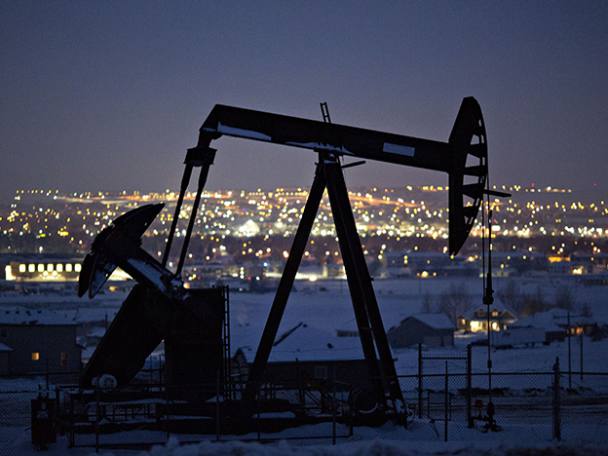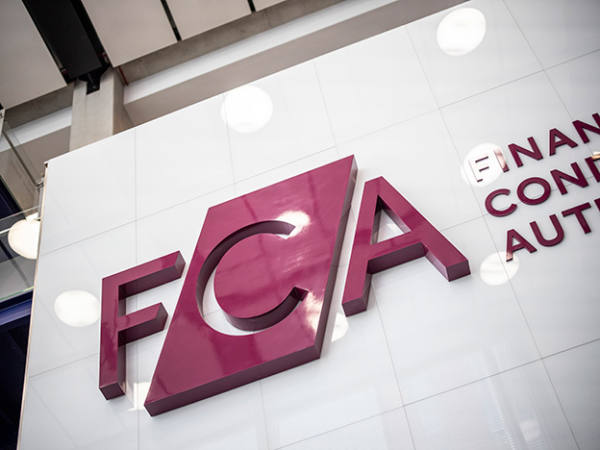The oil and gas sector’s profits and payouts look to have peaked in 2022. So unless another shockwave arrives to send energy prices soaring again, investor attention will focus on those companies able to produce profitably at lower prices.
- Prices smoothed by hedges
- Growth strategy continuing
- 15 per cent forecast yield
- Decent record to date
- Scrutiny over well retirements
- Large debts, negative equity
Diversified Energy (DEC), which has a significant hedge book aimed at keeping profits rolling even in weaker markets, is an exemplar of this hallowed consistency.
Three constants look assured: the company will continue to buy onshore US mature wells with a mix of debt and equity, hedge production, and face scrutiny over its well management practices. But this year will see some adjustments to the model. Diversified plans to list shares in the US, and identify ways to develop greenfield assets, all without breaking its high-return, high-volume creed.
Even with the hedges, the company still announced record sales and earnings when it published 2022 figures last week. This year, the hedge book will remain in force. So while Diversified’s shares have tracked the sector in falling a third from a 12-month high of 140p, it is better protected than most from the sharp decline in gas prices in recent months.
As such, this is a solid entry point for prospective investors. For context, the shares trade in line with the sector average of six times forward earnings, but with a dividend yield of 15 per cent. This kind of payout ratio is not unknown for an energy company, but what differs is its apparent security. Peel Hunt analysts called the company’s free cash flow and dividends “some of the most secure in the sector” last week, after adjusted Ebitda for 2022 jumped 47 per cent to $503mn (£409mn).
The majors also offer a compelling dividend story, but are much more exposed to oil and gas prices. Mid-tier companies – some still carrying significant debt and shrinking reserves – face a different set of circumstances but also need higher prices to carry on handing out dividends at current levels.
Since its 2017 Aim listing, Diversified has made it through several cycles with its distribution record intact, and its model of acquiring mature onshore US wells largely validated (if heavily dissected).
This model remains unique. Over 20 years, the company has bought up almost 90,000 ageing wells, largely in the Appalachian basin. The latest deal, worth $244mn and funded partly through a $163mn raise, added 17,000 barrels of oil equivalent per day (boepd), and takes group output to almost 160,000boepd, and the fully owned pipeline network to some 17,000 miles.
E&P without the E
The company is not short of critics, however. Last year, a report from an environmental group called into question Diversified’s ability to plug all its uneconomic wells, given the scale of operations.
The Ohio River Valley Institute estimated Diversified would plug just 4 per cent of its inventory between 2019 and 2034, or 2,600 wells, and that 80 per cent would not be decommissioned until after 2049. Diversified closed just 214 wells last year, at an average cost of $23,000 each, and although the purchase of a well-plugging company should boost its annual closure capacity to 350, the group appears reliant on very slowly squeezing every drop from its assets.
The concern of the report’s authors is that without a long-term plan, the billions in clean-up costs will ultimately fall to the states where Diversified operates. The company said it was a “responsible steward” and “a critical part of the solution to producing more US natural gas with less methane emissions and environmental impact”. It also emphasised that 2022’s closures were ahead of regulatory requirements.
At the same time, Diversified has continued buying up assets, and has spent over $1bn since the start of 2021. Chief executive Rusty Hutson’s 2020 comments to Investors’ Chronicle that crashing gas prices would provide significant buying opportunities has proved prescient.
There has been a shift in tone, however. In its latest annual results, the focus switched to how many wells it could retire, rather than how many the company had amassed. Diversified was also keen to point out that inspections were done at more than 10,000 wells in the year, noting that most of its wells’ methane emissions are “a function of fugitive emissions and natural gas-driven pneumatics”, which can be addressed with “aggressive leak detection and repair initiatives” and wellhead refits.
A look back
The flipside of keeping earnings consistent even with gas below $4 per million British thermal units (mnBtu) is that hedging hits profits when times are good. Hutson told analysts last week he was prepared to balance out the rewards when prices are high for protected profits in the leaner times, even calling the hedging strategy “the hallmark” of the business.
“Sometimes it makes you look foolish and other times it makes you look great,” he said. “We came out of 2022 with people asking us if we were going to reduce our hedge strategy moving forward. I obviously said no and 2023 makes me look good.”
Last year’s accounts show this all too clearly. Although headline sales clocked in at $1.92bn, an $897mn loss on commodity derivatives brought the cumulative hedging loss to $1.76bn and pushed the pre-tax profit well into the red and year-end shareholder equity into a negative position. This followed a similar $320mn loss in 2021, although in 2020 things went the other way. Swings and roundabouts.
Further clouding matters is the constant stream of acquisitions. Debt metrics suggest it is finely poised. Diversified is keen to keep net debt to less than 2.5 times adjusted Ebitda (in part because this is a driver of executives’ bonuses), and at the end of 2022 it was right on that line, if (like the company) you’re content to annualise earnings added during the year through deals.
Will the deals keep coming? We’ve consistently remarked on Diversified’s ability to keep the model going. Four years after we asked that exact question the company has only doubled down on its strategy. But there has been a shift, and not just from conventional to shale assets.
Last year’s purchase of the Tanos II portfolio has something new for Hutson and co: greenfield assets. Speaking to analysts last week, Hutson stated that a focus for 2023 will be finding ways to extract value from “undeveloped assets” via joint ventures through the sector’s farm-in model where project-level stakes are handed over in return for funding. Risks will be borne by someone else. “We do not engage in capital-intensive drilling and development,” states the group in its 2022 annual report.
These minor changes, like a container ship turning, will happen slowly. Given the questions around the longevity of the company’s assets, it is only sensible to think about future production sourced from newer wells. But with the decline rate of its existing wells averaging 8.5 per cent last year, Diversified can have some confidence in its model for now.
The concern over the long-term future of its wells is fair, even if the supermajors have little firm idea what they’ll be doing in three decades’ time. In the short term, however, this is a strong investment at current prices. Alongside the high dividend yield, shareholders will continue to be diluted so long as the company keeps on with its growth strategy. For us, that trade-off is more than worth it.
| Company Details | Name | Mkt Cap | Price | 52-Wk Hi/Lo |
| Diversified Energy Company (DEC) | £897mn | 92p | 144p / 89.6p | |
| Size/Debt | NAV per share | Net Cash / Debt(-)* | Net Debt / Ebitda | Op Cash/ Ebitda |
| ^ | -£1.21bn | 1.1 x | 9% |
| Valuation | Fwd PE (+12mths) | Fwd DY (+12mths) | FCF yld (+12mths) | EV/Sales |
| 6 | 15.8% | 31.0% | 1.3 | |
| Quality/ Growth | EBIT Margin | ROCE | 5yr Sales CAGR | 5yr EPS CAGR |
| 59.3% | 79.0% | 116.9% | - | |
| Forecasts/ Momentum | Fwd EPS grth NTM | Fwd EPS grth STM | 3-mth Mom | 3-mth Fwd EPS change% |
| - | -20% | -21.0% | - |
| Year End 31 Dec | Sales ($bn) | Profit before tax ($mn) | EPS (c) | DPS (p) |
| 2020 | 0.41 | -137 | -3.0 | 10.5 |
| 2021 | 1.00 | -551 | -18.6 | 12.2 |
| 2022 | 1.90 | -800 | -73.5 | 14.3 |
| f'cst 2023 | 1.12 | 210 | 18.5 | 14.5 |
| f'cst 2024 | 1.07 | 159 | 13.9 | 14.6 |
| chg (%) | -4 | -24 | -25 | +1 |
| source: FactSet, adjusted PTP and EPS figures converted to £ | ||||
| NTM = Next Twelve Months | ||||
| STM = Second Twelve Months (i.e. one year from now) | ||||
| ^As of 31 Dec 2022, there was $138mn negative shareholder equity. *Converted to £ | ||||









